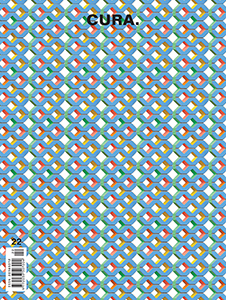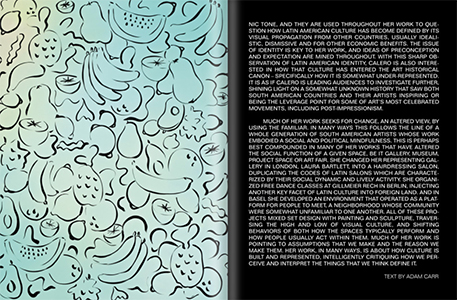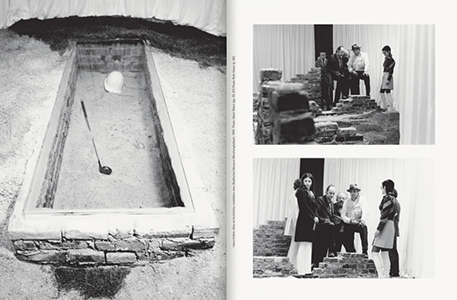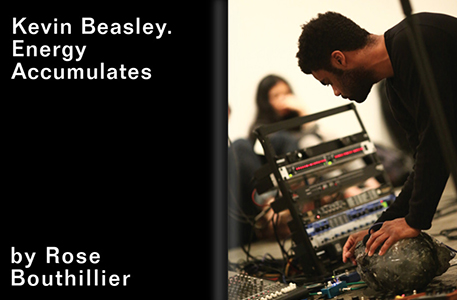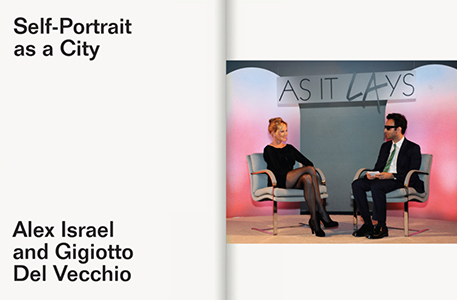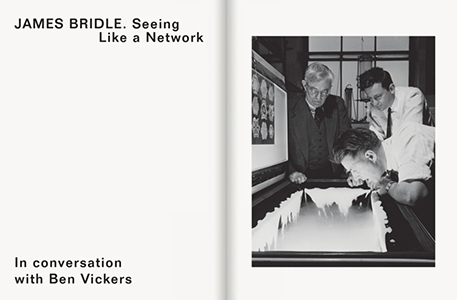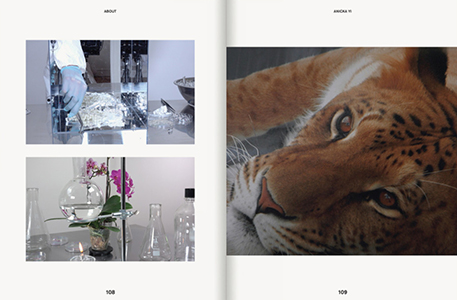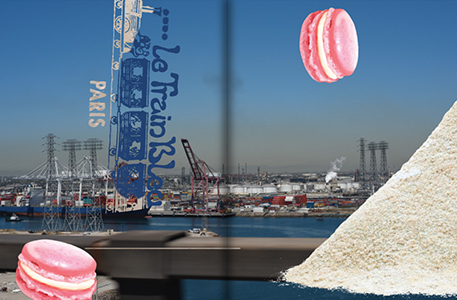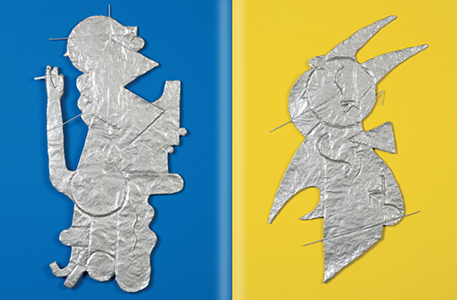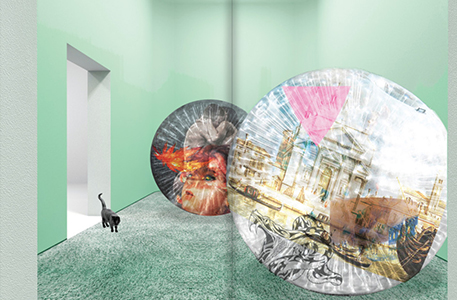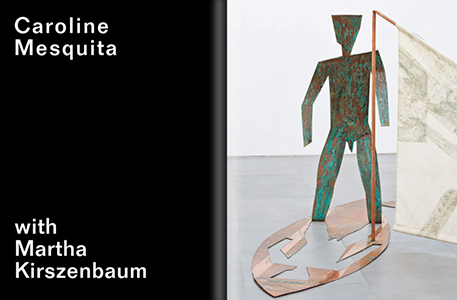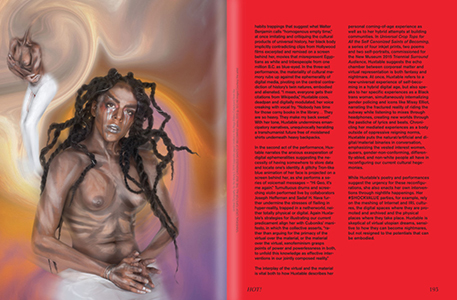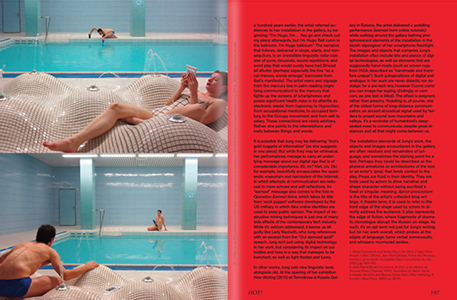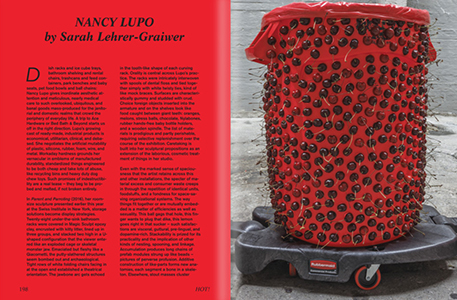Sol Carelo, Johannes Cladders' anti-museum,
Dominique Gonzalez-Foerster by
Jean-Max Colard, conversations with James Bridle,
Alex Israel, Philipp Timischl,
Rodrigo Hernández, and ÅYR, the sensorial motifs of
Anicka Yi's work,
Becky Beasley, visual project by Amy Yao, emerging artists Debora Delmar Corp., Juliana Huxtable, Sophie Jung, Nancy Lupo…
The cover of
Cura. 22 is conceived and designed by the amazing young artist Sol Calero. We love her “vibrant and animated” works, and the critical and political issues addressed in her practice. In the magazine itself, Adam Carr introduces the artist's work.
Our contributor-editor Lorenzo Benedetti dedicates his “portraits in the exhibition space” to the figure of Johannes Cladders, who, through his relentless curatorial activities, literally redefined the museum's role as an institution. In the frame of the “exhibition literature” series, art critic
Jean-Max Colard focuses on the work of
Dominique Gonzalez-Foerster and her investigation into the visual and spatial dimensions of literature.
Ben Vickers talks with James Bridle about the main themes of his research-networks, satellites, clouds, geo-engineering—while Gigiotto Del Vecchio and
Alex Israel's friendly conversation is focused, among other issues, on the close relationship between the artist's work and the visual landscape of Los Angeles and
California.
Chris Sharp's text shows us the various sensorial motifs of
Anicka Yi's work, where scent is often the vehicle to investigate the allegorical potential of reality. While Rose Bouthillier presents a sort of travel journal into the performative projects of
Becky Beasley, whose work is based on the dialogue between sounds and objects.
Amy Yao's artist's project creates an enigmatic, imaginative suspension: her sequence of empty urban landscapes is animated by sudden apparitions of objects, texts and unexpected visual relations.
The curatorial duo formed by Pierre-Alexandre Mateos and Charles Teyssou talks with Philipp Timischl about his videos, sculptures, installations and photographic work and the relation he has with images and imaginary, through the different steps of his career.
João Mourão and Luís Silva write about their visit to
Rodrigo Hernández' solo exhibition “Every forest madly in love with the moon has a highway crossing it from one side to the other.” The artist explains the various aspects of this articulated project, starting from the meaning of its title and examining the formal and narrative structure of the whole show.
Philipp Ekardt and the members of ÅYR address their attention to the mechanisms of the artistic collective's work, focusing on the multiform relationship with contemporary art, architecture, and digital technologies.
Answering to Martha Kirszenbaum's questions,
Caroline Mesquita describes her artistic experiences in Europe and Los Angeles, as well as the main themes of her sculptural research.
In the final HOT! section four critics and curators present the work of four emerging artists: Debora Delmar Corp. (by Judith Vrancken); Juliana Huxtable (by Whitney Mallett); Sophie Jung (by Frances Loeffler); Nancy Lupo (by Sarah Lehrer-Graiwer).
Cura.magazine is a platform for contemporary art based in Rome that investigates with an independent spirit today's artistic production, art's emerging scene and the borders that have marked its central moments, through collaborations with international artists and curators, who live in different areas of the world. It has a production of three issues per year.
The platform is also an editorial structure (Cura.books), publishing a series of artist's books (see the
corresponding page in the publishers section).

